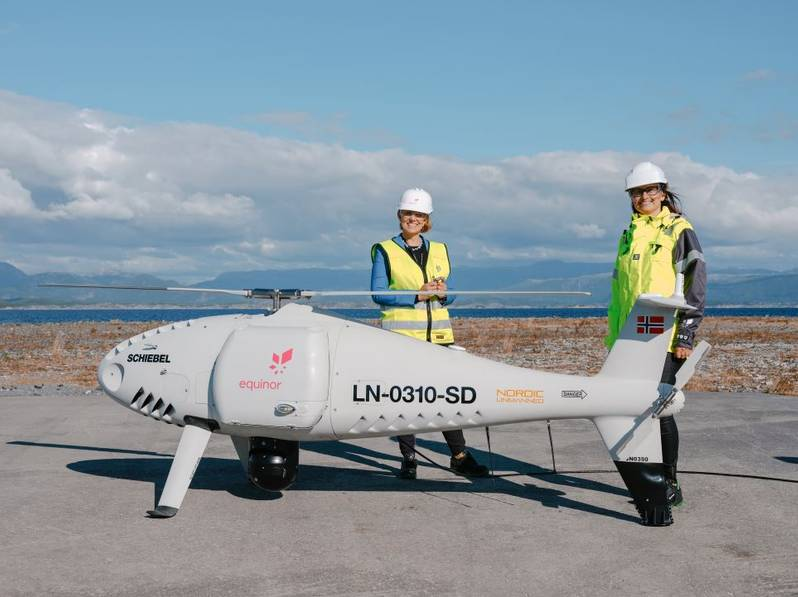Equinor and Nordic Unmanned to Study Drone Use in Offshore Oil and Gas
/Nordic Unmanned announced a study with Equinor to understand the extent to which Remotely Piloted Aircraft Systems (RPAS) could be used in an offshore airspace between installations and vessels, in search and rescue (SAR) operations, for to/from shore transport, and more.
The study is being conducted to identify solutions for comprehensive operational testing, which will take place this summer.
Vice President of Logistics and Robotization at Nordic Unmanned Pål Kristensen said in a statement, “This next phase is an important step in the right direction towards a full-scale implementation of autonomous remotely piloted aircraft systems in the offshore oil and gas industry.”
Equinor is already using drones for everything from methane leak detection and CO2 transportation to inspections and search & rescue operations. This announcement points toward continued development of drone use across operations in the energy industry.
Catching Up on Previous Developments
This is by no means Equinor’s first foray into drone technology. In 2019, they invested in SeekOps as they were working to detect, localize, and quantify natural gas emissions through integrated drone-based systems.
And it’s not the first partnership between Nordic Unmanned and Equinor. In 2020, they teamed up to send a drone carrying cargo from shore to an offshore production platform in the North Sea.
In a first-of-its-kind mission, the drone carried a 3D-printed part for the lifeboat system about 80 kilometers (about 50 miles, for those of us on the imperial system) to the Troll field in the North Sea off of Norway.
In 2020, Arne Sigve Nylund of Equinor said, “Drones could reinforce safety, boost production efficiency, and contribute to lower CO2 emissions from Norwegian oil and gas. Drones will also play a role as we shape new energy solutions on the Norwegian shelf,” Nylund continues.
Equinor has continued working toward those objectives by using drones to do underwater inspections; conduct subsea inspection, maintenance and repair (IMR); and reduce emissions.
Equinor’s adoption of drones and automation gives us a peek into the extent to which these technologies can be applied throughout an energy operation.



